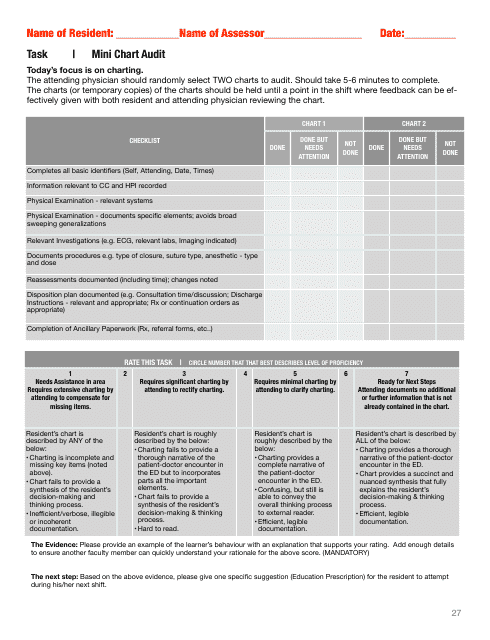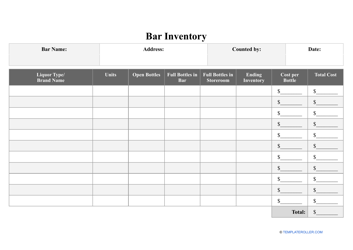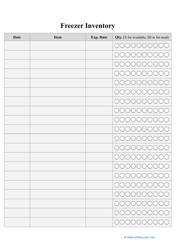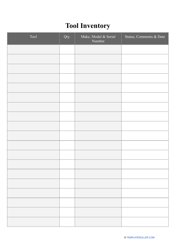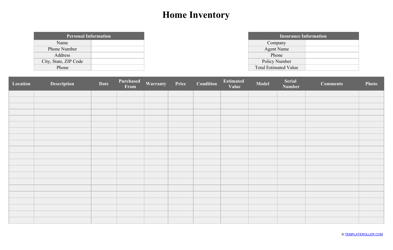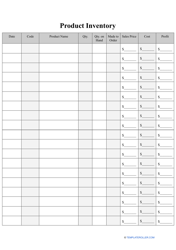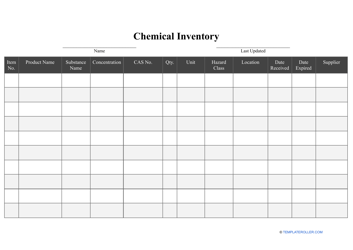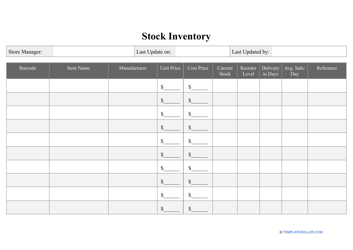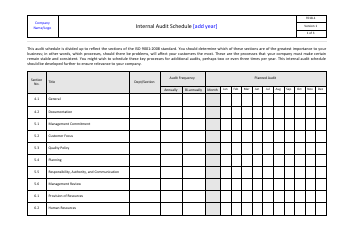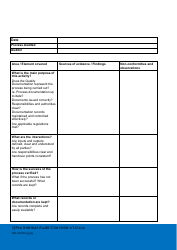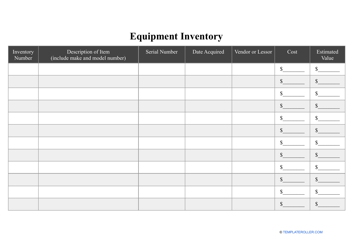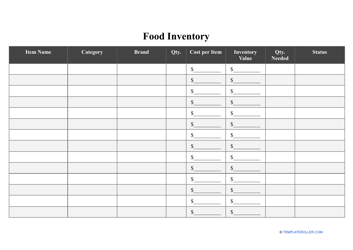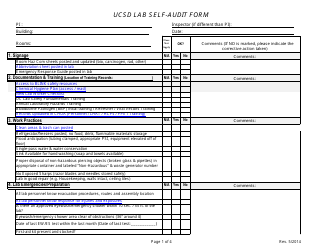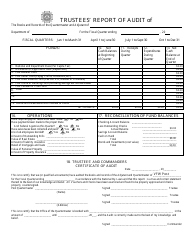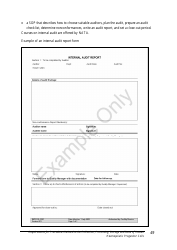Mini Chart Audit Template
A Mini Chart Audit Template is typically used in the healthcare industry to assess the accuracy and completeness of medical documentation. It provides a structured checklist or form that allows healthcare professionals to review a small sample of patient charts or records to ensure that proper documentation guidelines are being followed. This process helps identify any deficiencies or areas for improvement in record-keeping practices, ultimately aiming to enhance the quality of patient care and the overall efficiency of the healthcare system.
The Mini Chart Audit Template is typically filed by medical professionals or healthcare providers as a part of their record-keeping process. It helps to assess and review the accuracy and completeness of medical charts or patient records. However, the exact person who files this template may vary depending on the specific healthcare facility or organization.
FAQ
Q: What is a mini chart audit?
A: A mini chart audit is a process of reviewing a small sample of patient medical charts to assess the quality of documentation and adherence to established guidelines.
Q: Why is a mini chart audit important?
A: A mini chart audit is important to identify any potential issues or areas for improvement in documentation practices, coding accuracy, and compliance with regulations. It helps to ensure the quality of patient care and maintain billing integrity.
Q: How is a mini chart audit conducted?
A: A mini chart audit involves randomly selecting a small sample of patient medical charts or records and reviewing them in detail. The auditor checks for adequate documentation, proper coding, compliance with guidelines, and any other relevant criteria.
Q: Who conducts a mini chart audit?
A: A mini chart audit can be conducted by various healthcare professionals, such as nurses, medical coders, compliance officers, or external auditors specializing in healthcare regulations.
Q: What are the benefits of conducting a mini chart audit?
A: Conducting a mini chart audit provides several benefits, including identifying areas for improvement, ensuring accurate documentation and coding, reducing billing errors, enhancing compliance with regulations, and improving the overall quality of patient care.
Q: How often should a mini chart audit be conducted?
A: The frequency of conducting mini chart audits may vary depending on the healthcare facility's policies and regulatory requirements. It is typically done periodically, such as monthly, quarterly, or annually.
Q: Are there any specific guidelines or standards for conducting a mini chart audit?
A: Yes, there are various industry-specific guidelines and standards, such as those provided by professional medical associations, regulatory bodies, or insurance companies. It is important to follow these guidelines while conducting a chart audit.
Q: What actions can be taken based on the findings of a mini chart audit?
A: Based on the findings of a mini chart audit, actions can be taken to address any identified deficiencies. This may include additional staff training, process improvements, documentation updates, or implementing corrective measures to ensure compliance and improve overall quality.
Q: Can the findings of a mini chart audit be used for education and training purposes?
A: Yes, the findings of a mini chart audit can be used for educational and training purposes. They can help identify areas where healthcare providers may need additional training or support to enhance their documentation and coding practices.
Q: Is a mini chart audit different from a full-scale chart audit?
A: Yes, a mini chart audit is a scaled-down version of a full-scale chart audit. It focuses on reviewing a smaller sample size of patient medical charts, whereas a full-scale chart audit involves a comprehensive review of a larger number of charts.
